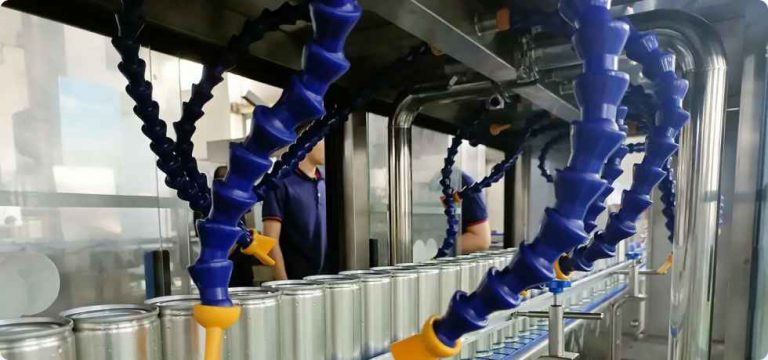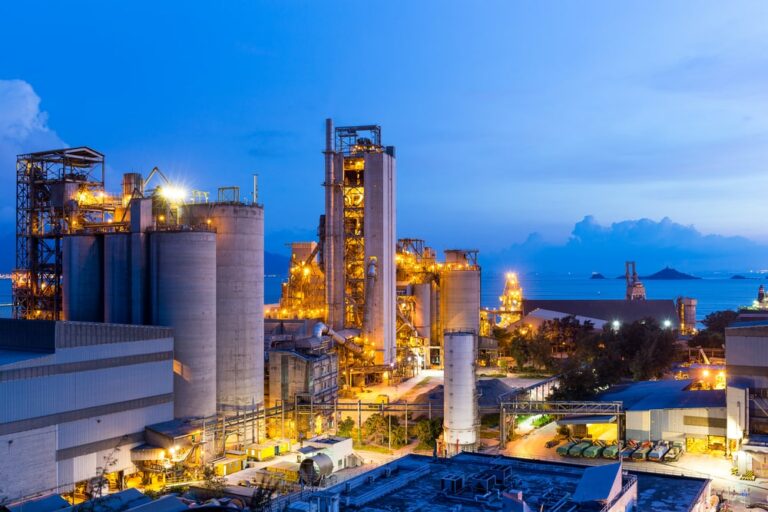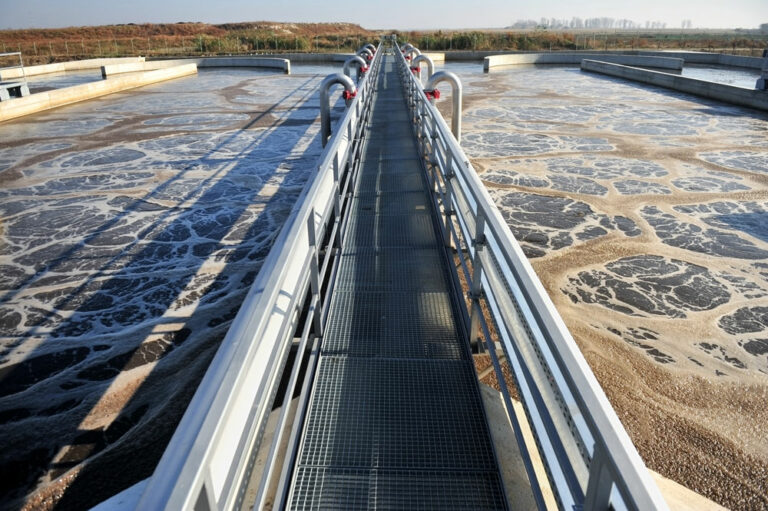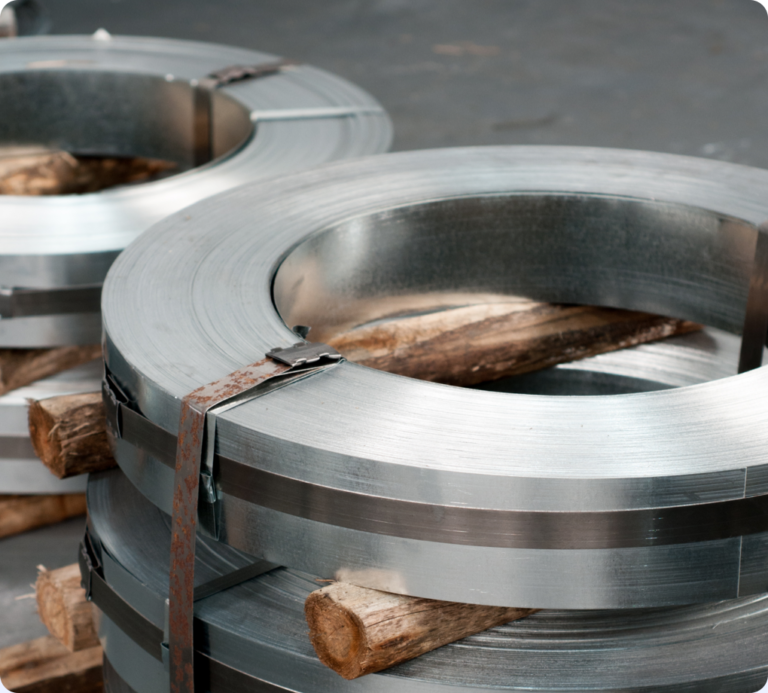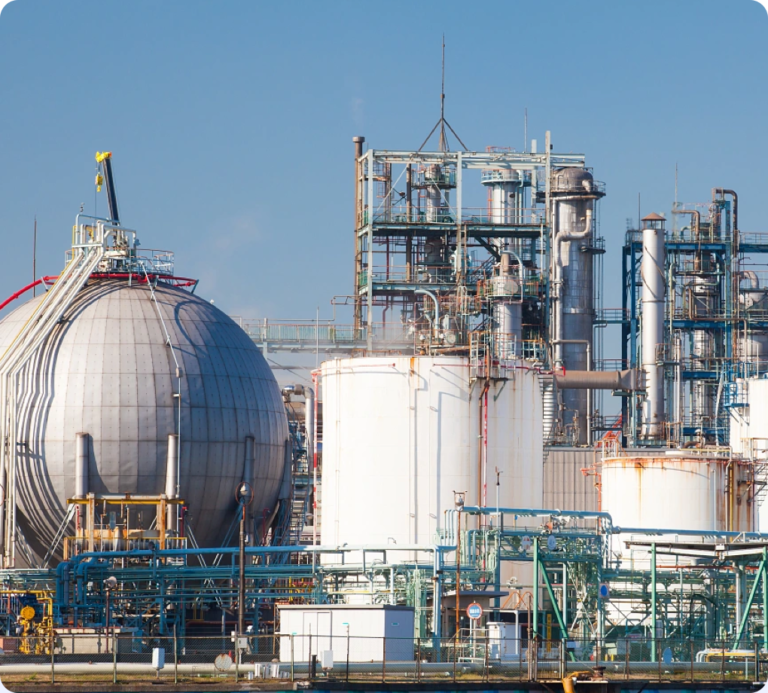The air suspension cold air blower industrial is a kind of centrifugal blower:under the high-speed rotation of the blower rotor, air will generate a dynamic pressure effect between the rotor and the surface of the foil bearing, forming a high-pressure air film to float the rotor. Due to the active oil-free air suspension bearing, no lubricating device is required, and the structure is simple and precise.
The air bearing blower is a product extended from the technology of the aircraft turbine engine. Its main core technologies are air suspension bearing technology, high-speed permanent magnet synchronous motor and its control technology. The air suspension bearing uses air as the working medium, the elastic flat foil (top foil) as the supporting surface, and the elastic wave foil (wave foil) as the supporting parts.cold air blower industrial
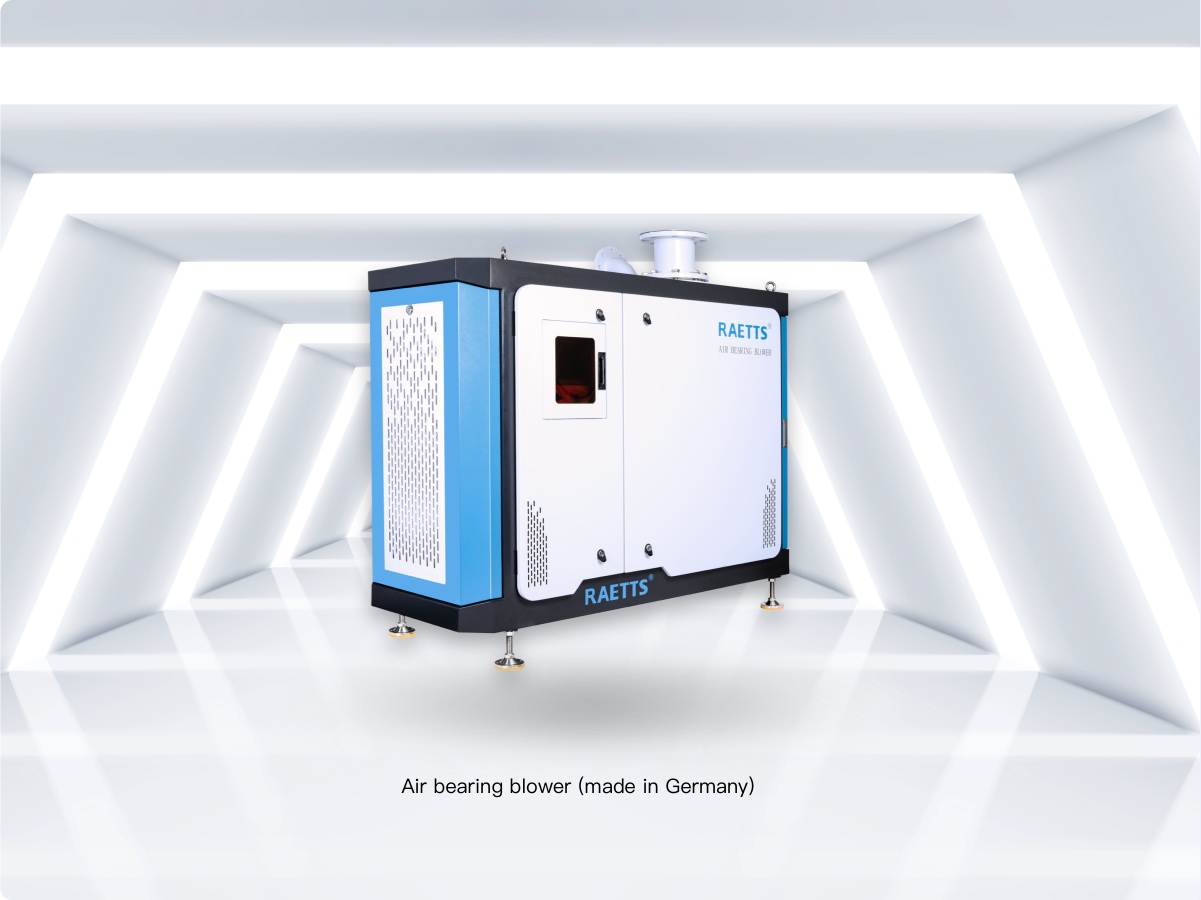
RAETTS standard type air bearing blowers,heavy duty air blower
24 months warranty for the whole cold air blower industrial
cold air blower industrial compact size,small footprint,lower noise no more than 65dB,easy maintenance
cold air blower industrial Product packing information:1pcs/package
payment info:T/T(30% advance payment,70% before shipment)heavy duty air blower
Origin information:made in China
RAETTS maglev turbo air blowers,heavy duty air blower
Selection parameters table
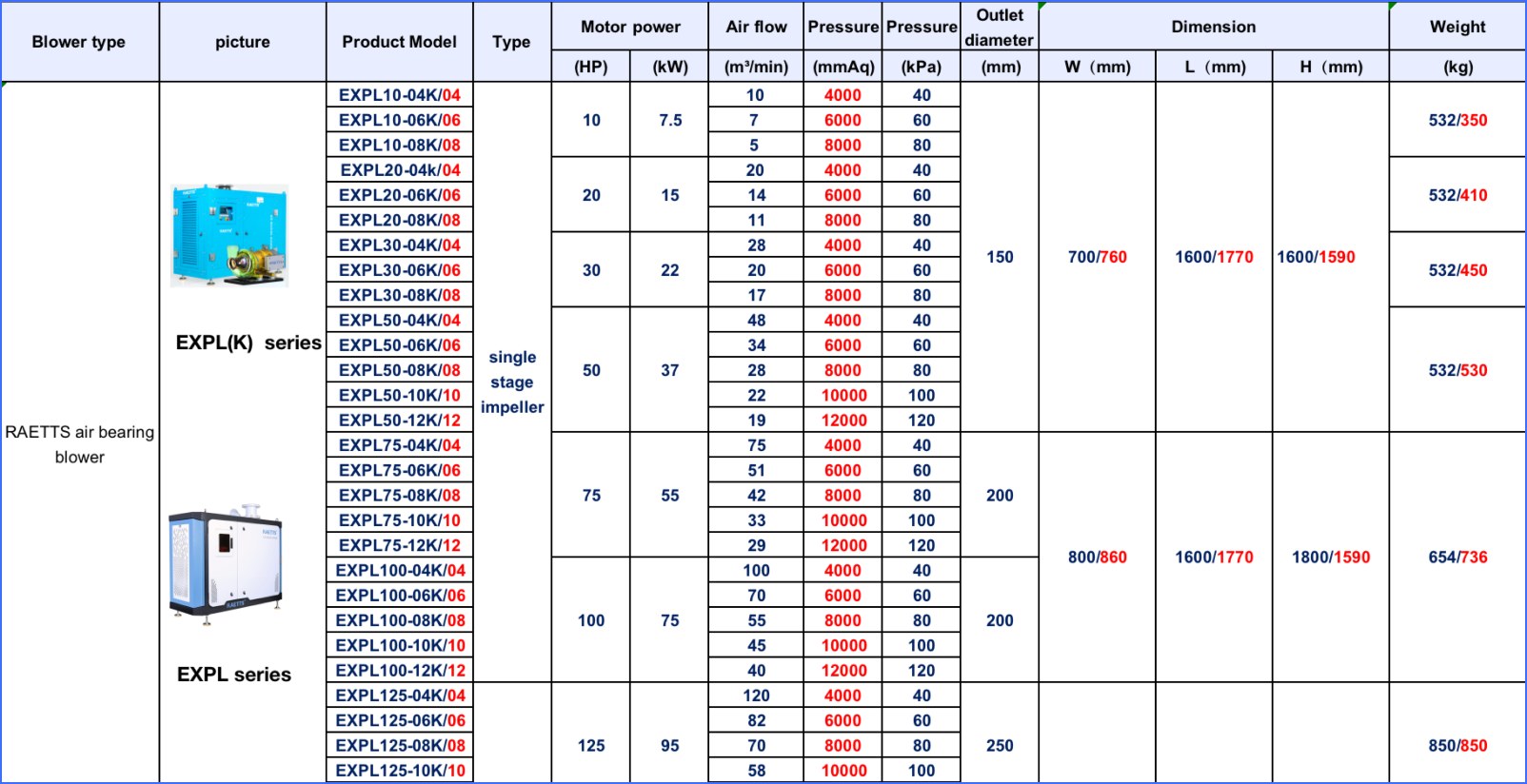
Air blower-An Ultimate FAQ Guide:
2.What Are the Common Noise Levels Associated with Different cold air blower industrial Models?
3.How Can an Air Blower Benefit Your Home or Industry?
4.About cold air blower industrial production capacity
5.About cold air blower industrial raw materials
6.What material is used for the outer shell of the air blower?
7.About cold air blower industrial inventory
8.About cold air blower industrial production management system
9.What is the size of the air blower?
10.About cold air blower industrial customization services
11.What is the operating temperature range of the air blower?
12.About cold air blower industrial R&D capabilities
13.What are the different types of cold air blower industrial available in the market?
14.About the scale of cold air blower industrial factory
15.Which Industries Rely Heavily on Air Blowers for Operations?
16.About cold air blower industrial quality system
17.About cold air blower industrial MOQ
18.About cold air blower industrial overseas warehouse
19.How to Properly Maintain and Extend the Lifespan of Your Air Blower?
20.About the development history of cold air blower industrial factory
21.About cold air blower industrial production equipment
22.What is the operating voltage of the air blower?
23.How does an cold air blower industrial work?
24.How to troubleshoot common issues with an air blower?
25.What are the maintenance requirements for an cold air blower industrial?
1.What Key Features Should You Look for in an Air Blower?
1. CFM: Make sure that the air blower you choose has the correct CFM (Cubic Feet per Minute) ratings to meet your needs.
2. Power: If you need to move air quickly and efficiently, look for an air blower with a higher power output.
3. Portability: If you need to take your air blower to different sites, choose one with built-in portability and handles.
4. Safety Features: Ensure the air blower has built-in safety features such as an automatic shut-off in case of overheating.
5. Price: Consider your budget when searching for an air blower as prices can range from a few dollars to several hundred.
2.What Are the Common Noise Levels Associated with Different cold air blower industrial Models?
The noise levels associated with different air blower models depend largely on the size and operating speed of the blower. Smaller blowers tend to be quieter than larger ones. Generally, blowers with higher operating speeds will produce more noise than those running at lower speeds.
Centrifugal blowers tend to be the loudest of the three main types of air blowers. An air blower model with a 2-5 horsepower rating typically produces between 60 and 85 dB(A). Larger models with 5-10 horsepower ratings can usually produce between 75 and 100 dB(A).
Axial flow blowers are typically quieter, with an air blower model with a 2-5 horsepower rating usually producing between 50 and 75 dB(A). Models with 5-10 horsepower ratings usually produce between 65 and 90 dB(A).
Regenerative blowers are the quietest of the three main types of air blowers. An air blower model with a 2-5 horsepower rating usually produces between 45 and 70 dB(A). Models with 5-10 horsepower ratings usually produce between 55 and 85 dB(A).
It is important to note that noise levels associated with air blower models can vary significantly based on the design of the blower, the efficiency of the motor, and the environment in which it is operating. For instance, more efficient motors tend to generate less noise, and the noise levels generated by a blower can increase when it is operated in an environment with poor ventilation.
3.How Can an Air Blower Benefit Your Home or Industry?
An air blower is a mechanical device used to generate a flow of air or gas at high pressure. It works by using a motor to drive an impeller or fan, which creates a stream of air that can be directed towards a specific area. Air blowers can have a wide variety of applications, and they can greatly benefit both homes and industries in many ways. Here are some of the main benefits of using an air blower:
1. Ventilation and Cooling:
One of the primary benefits of an air blower is its ability to provide ventilation and cooling. In homes, air blowers can be used to circulate air and improve the overall air quality, which can be especially beneficial for those with respiratory issues or allergies. In industries, air blowers are often used to cool down machinery, preventing overheating and minimizing downtime.
2. Drying and Dehumidifying:
Air blowers can also be used to dry out damp or humid areas in both homes and industries. In homes, they can be used to dry out wet carpets, floors, and furniture after cleaning or flooding. In industries, they can help to reduce the humidity levels, which can not only improve the working conditions for employees but also prevent damage to equipment and products.
3. Dust and Debris Removal:
Air blowers can be used to blow away dust and debris on surfaces, making them useful for both homes and industries. They can be used to clean off surfaces such as floors, furniture, and machinery, making them especially useful in factories and workshops where dust and debris can accumulate quickly.
4. Aeration:
In industries such as wastewater treatment, air blowers are used to provide aeration, which is the process of introducing air into a liquid to increase oxygen levels. This promotes the growth of helpful microorganisms that help to break down organic matter and purify the water.
5. Pneumatic Conveying:
Air blowers are often used in industries for pneumatic conveying, which is the process of moving materials such as powders, granules, and pellets through pipelines using air or gas. This is a cost-effective and efficient way to transport materials, and it is commonly used in industries such as food processing, chemical processing, and pharmaceuticals.
6. Process Cooling:
In industries such as manufacturing and food processing, air blowers are used to provide process cooling, which involves blowing air onto a product or a specific area to cool it down. This is essential for maintaining the quality of products and preventing damage caused by high temperatures.
In conclusion, an air blower can greatly benefit both homes and industries by providing ventilation, cooling, drying, dehumidifying, dust removal, aeration, and process cooling. They are versatile and can be used in various applications, making them an essential tool for many different industries. If you are considering investing in an air blower, be sure to research the different types and models available to find the best one for your specific needs.
4.About cold air blower industrial production capacity
RAETTS production quantity for air bearing blower and maglev turbo blower is about 200pcs/month,for high speed centrifugal blower is about 700pcs/month.
5.About cold air blower industrial raw materials
RAETTS air blower impeller in made of aluminum alloy,enclosure material is carbon steel,rotor material is cast iron.If customers need other special materials,we can also customized according to customers requirements.
6.What material is used for the outer shell of the air blower?
The outer shell of an air blower is typically made of a variety of materials, depending on its intended use. For example, some air blowers are designed specifically for a particular environment and require a specific shell material to protect it from corrosion and wear.
For instance, a commercial air blower used in the automotive industry might be made from stainless steel or other metals that can withstand extreme temperatures, while a laboratory air blower used for scientific experiments may be made out of aluminum.
For applications where an air blower is expected to operate in outdoor or wet conditions, polyester or heavy duty polyvinyl chloride (PVC) is usually the shell material of choice. These synthetic materials are waterproof, durable, and resistant to corrosion, making them a popular choice for protecting air blowers that are exposed to the elements.
For long life, air blowers made with a plastic shell are often reinforced with aluminum or steel to ensure a rigid, lightweight housing. Plastic also provides insulation against heat and sound, making it a great choice for air blowers that will be used in high-noise areas.
Finally, some air blowers feature housings made from a composite material, which combines plastic and metal together to offer a lightweight, yet rugged construction. This combination makes a composite shell ideal for air blowers that are required to operate in wild environments or under extreme conditions.
Regardless of whether a air blower features a metal, plastic, or composite shell, all of these materials offer protection for the delicate components within, helping to ensure reliable performance in any environment.
7.About cold air blower industrial inventory
For air bearing blower and maglev turbo blower,RAETTS doesn’t make stock,only produce air blower according to customers order(since different application site may need different designs).For high speed centrifugal blower,RAETTS makes stock.
8.About cold air blower industrial production management system
RAETTS use 6S system to manage the production,we also have enviromental management system certificate ISO14001:2015 and occupational health and safety management ISO45001:2018
9.What is the size of the air blower?
The air blower size and power depend on the application for which it is used for. Generally, midsize air blowers range from 3-4 to 7-8 horsepower (hp) for small workshops. For large workshops and industrial applications, air blowers with a power of 10 to 20 hp are used. The size of the air blower also depends upon the amount of air flow it needs to generate. Low-power air blowers have a capacity of 100 CFM (cubic feet per minute) and high-power air blowers can range from 600 to over 5,000 CFM.
In addition to the horsepower and air flow measurements, the size of the air blower is determined by its structural dimensions. It includes the width, length, depth and height. Though, small and large air blowers have the same horsepower and air flow, the frame sizes vary. Smaller, more compact blowers are typically more maneuverable and are ideal for operations where space is limited. This makes them more desirable for professional mechanics, hobbyists, and woodworkers. Medium-size air blowers have larger frames, providing higher airflow but have limited maneuverability. This makes these blowers more suitable for large workshops and industrial applications.
The size of the air blower also depends upon its efficiency and portability. Smaller air blowers are lightweight and more efficient in terms of energy consumption compared to larger models. This is the reason why mechanical workshops prefer smaller air blowers as they can be easily placed and adjusted in tight spaces. On the other hand, large blowers require large wall outlets and a large area of operation. Their motors also require more power, which is reflected in their greater energy consumption.
10.About cold air blower industrial customization services
RAETTS has more than 20 peoples R&D team,which can help customer to do customization for the air blowers to meet the different applications
11.What is the operating temperature range of the air blower?
The operating temperature range of an air blower varies depending on the type and size of the blower. Generally, air blowers can operate at temperatures ranging from 40°F (4.4°C) to 250°F (121°C).
Smaller air blowers, such as those found in computers and electronic systems, operate within a much smaller temperature range. These systems typically run between 0°F and 140°F (-17.7°C and 60°C).
Large air blowers, such as those used in industrial or commercial settings, have a much wider operating temperature range. These systems can handle temperatures up to 500°F (260°C). At these temperatures, it is critical to monitor both the air blower and the actual output to ensure the system is not overworking or underperforming.
When designing an air blower system, it is important to select components that are rated for the particular operating temperature ranges. Components made out of materials that can withstand high temperatures, such as nickel-plated brass or stainless steel, are typically best suited for long-term use.
Since air blowers are intended for use in various temperature extremes, it is important to account for any potential changes during operation. Increases in air temperature can lead to decreased performance, while decreases in air temperature can result in decreased output.
Furthermore, all air blowers should be operated within a safe range of temperature to avoid any potential damage to the blower or the surrounding environment. For this reason, regular monitoring of the system should always be conducted to ensure the health and safety of everyone involved.
12.About cold air blower industrial R&D capabilities
RAETTS R&D team has more than 20 people,the chief team leader worked for BYD before,and the technique of whole team is supported by Xi’an Jiaotong University.
13.What are the different types of cold air blower industrial available in the market?
For the industrial air blower,normally it is including side channel blower(also called ring blower),roots blower(also called lobe blower),single-stage centrifugal blower,multi-stage centrifugal blower,air foil bearing blowers and maglev turbo blowers.
14.About the scale of cold air blower industrial factory
For now,RAETTS has 3 factory:
Ganzhou standard product production base:30000m2;
Dongguan R&D product production base:20000m2;
Germany production base:2000m2;
15.Which Industries Rely Heavily on Air Blowers for Operations?
1. Manufacturing
2. Mining
3. Agriculture
4. Automotive
5. Food Processing
6. Plastics
7. Construction
8. Ventilation
9. Foundries
10. Powder Technology
16.About cold air blower industrial quality system
RAETTS has quality management system certificate ISO9001:2015 and enviromental management system certificate ISO14001:2015.
17.About cold air blower industrial MOQ
Normally our MOQ for air blower is 1 set
18.About cold air blower industrial overseas warehouse
RAETTS is cooperating with global distributors,some distributors has stock or sample in their warehouse.For now,RAETTS has Germany factory warehouse,and we are building the USA warehouse.
19.How to Properly Maintain and Extend the Lifespan of Your Air Blower?
Your air blower is an important machine that helps regulate the air you take in and the quality of air your environment receives. Properly keeping it functioning properly will not only help extend its lifespan significantly but also the useful life of other equipment around it. To help properly maintain your air blower and increase its longevity, follow these tips:
1. Clean the Intake.
Regularly check the intake filter and clean it using a damp cloth or vacuum cleaner. This will help ensure that dust and particles don’t build up and clog the engine.
2. Check for Foreign Objects.
Periodically check for any foreign objects inside and around the air blower. This can help you avoid any mishaps and keep your machine running smoothly.
3. Inspect the Interior.
It is important to occasionally disassemble the air blower and inspect the interior for any broken or worn-out parts. This will help you detect any potential problems and allow you to repair them before they can affect the machine’s performance.
4. Regularly Maintain and Service.
Regularly service and maintain your air blower by making sure all lubricants and fluids are replenished and parts are replaced if needed. This will ensure that all parts are functioning as they should, helping keep the machine working at its peak performance.
By following these steps, you can help ensure your air blower runs properly and prevent any potential problems that may lead to it needing replacement or repairs sooner than it should. With regular maintenance and care, your air blower can be in tip-top condition and have a longer lifespan.
20.About the development history of cold air blower industrial factory
RAETTS was set up in the year of 2011,the first product is super series high speed centrifugal blower(belt-drive type).The second product is developed in 2014,it is the direct-drive type high speed centrifugal blower,higher efficiency than belt-drive type.Both of this two blowers are used as the air source of the air knife drying systems.The air bearing blower was developed in 2018 and maglev turbo blower was developed in 2019.In 2020,we developed turbo compressor,which is to meet different applications which need higher pressure.
21.About cold air blower industrial production equipment
RAETTS production equipments are including:Germany imported HERMLE five-axis processing center,AFMING five-axis processing center,Japan Mazak CNC machine tool,sheet metal production and processing center,JIR fine CNC processing center,LEADMA CNC processing center,DOOSAN CNC machine tool,test center,accembly center,motor production center,MAKE laser cutting machine,LFK bending machine,Sweden HEXAGON three coordinate inspection instrument and so on.
22.What is the operating voltage of the air blower?
The operating voltage of an air blower typically depends on its size and power output. Most air blowers are designed to run on either 110V or 220V AC power. For example, a larger blower with more power may require a 220V power source while a smaller blower with less power may only need 110V. Additionally, it is important to note that many air blowers have both 110V and 220V models, and the user should choose the right model to match the existing power infrastructure of the given application.
23.How does an cold air blower industrial work?
The main structure of the air blower is including motor,shaft,bearing and impeller.When the motor is running,it will drive the shaft to run,then shaft drive bearing to run,then bearing drive the impeller to run.After the impeller runs,it will generate a vacuum area surrounding the impeller and suck the surrounding air inside.Then the air will be compressed by the impeller and discharged outside.
24.How to troubleshoot common issues with an air blower?
1. Check the power supply: Make sure the proper voltage is being supplied to the air blower and that any wiring is properly connected and secure.
2. Check the air filters: Check the filters inside the blower for any dirt or debris that may be blocking air flow. If the filters are dirty, clean them with compressed air or a soft brush.
3. Inspect the fan: Check the fan blades for any damage or distortion which could be causing sub-optimal performance and possibly even noise. If the blades are damaged, replace them with new ones.
4. Check the exhaust port: Check the exhaust port for any blockages that could be restricting airflow.
5. Run a diagnostic test: If the air blower isn’t working correctly, try running a diagnostic test to identify any potential errors. Depending on the model of the machine, this may be done with a computer diagnostic tool or a battery or electric screwdriver.
6. Lubricate the air blower: If the blower is not getting any air flow, check the motor to ensure that it is lubricated properly.
7. Inspect the belts: Check the belts that drive the blower to be sure that they are tight and not worn or frayed.
25.What are the maintenance requirements for an cold air blower industrial?
Different types of air blowers have different maintenance requirements,for traditional roots blower,end users need to add oil for lubrication,replace the ball bearing and change the air inlet filter periodically.But for turbo blower,the maintenance is quite easy and convenient,end users only need to change the air inlet filters 1-3 months.

